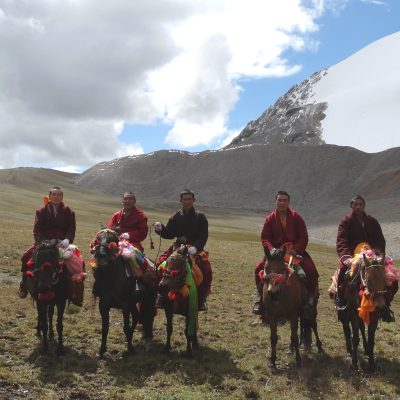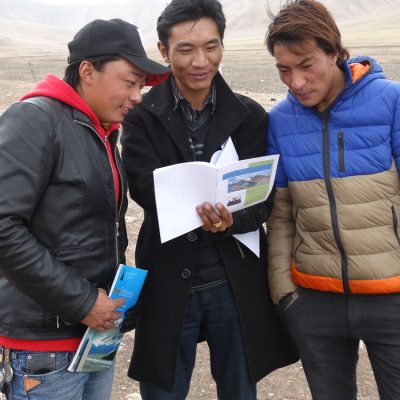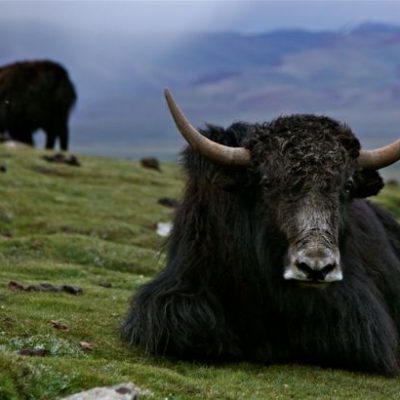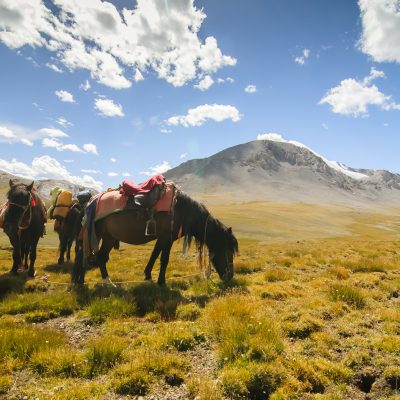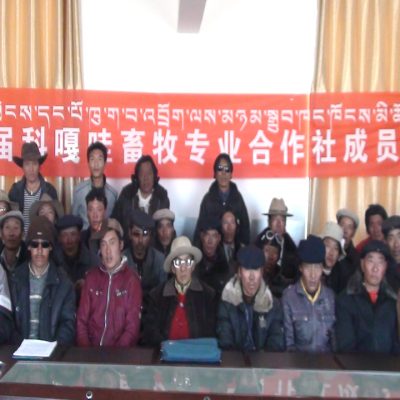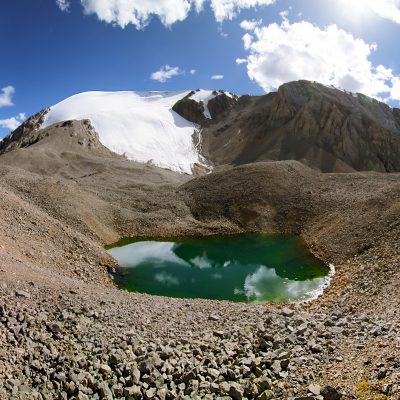As a Member of the ICCA Consortium, Plateau Perspectives participates in responding to emerging threats and opportunities by promoting ICCA self-strengthening processes at local level along with networking, peer-support and advocacy at national and international levels. More information about how the Consortium operates can be found on the ICCA Consortium website.
A close association is often found between a specific indigenous people or local community and a specific territory, area, or body of natural resources. When such an association is combined with effective local governance and conservation of nature, we speak of an “ICCA.”
ICCA sounds like an acronym, but it is not. It is an abbreviation for “territories and areas conserved by indigenous peoples and local communities” or “territories of life.” (Source: ICCA Consortium)
On the International Day for Biological Diversity, in May 2019, the Consortium released a 20 minute video journey through several territories of life across the world. In this short film, indigenous peoples and local community custodians will give an intimate glimpse into why their territories and areas are cradles of cultural and biological diversity and how they are seeking recognition and support.
In June 2019, Plateau Perspectives co-sponsored and participated in the West and Central Asia and the Caucasus 2019 Regional Assembly, which was held in Yerevan, Armenia with participants joining from Turkey, Georgia, Armenia, Iran, Lebanon, Jordan and Kyrgyzstan.
One ‘project’ that Plateau Perspectives is supporting in Central Asia is the recognition and strengthening of Yagnob ICCA, which is comprised of a community in Yagnob Valley, Tajikistan, who are descended from the ancient Sogdian Empire (see here). In addition, much of their territory has recently been declared as a national park (see short film), for which a management plan is currently being developed – with a focus on ‘co-management’ approaches in order to give greater agency to local communities and to support the protection of their language and culture as well as the extraordinary biodiversity in their Territory of Life.
Additionally, at the Annual General Meeting of the Consortium held in Udaipur, Rajasthan, India in December 2019, Plateau Perspectives’ international director was appointed as Auditor of the accounts for the consortium, to serve as representative of the membership and thus help ensure transparency and accountability in regard to funded projects and financial operations.
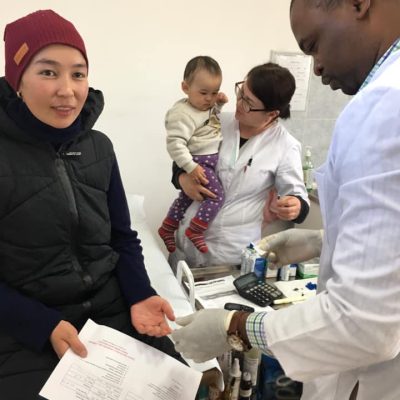
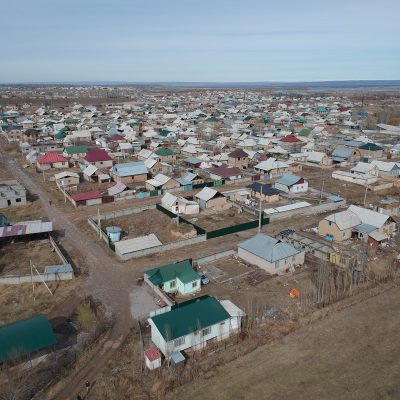
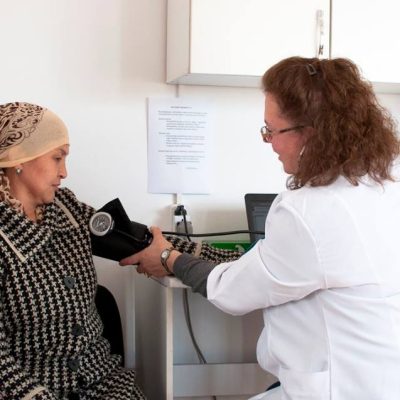
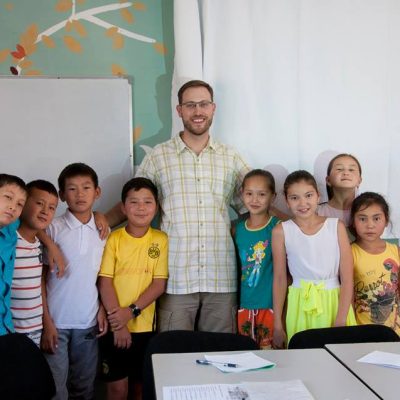
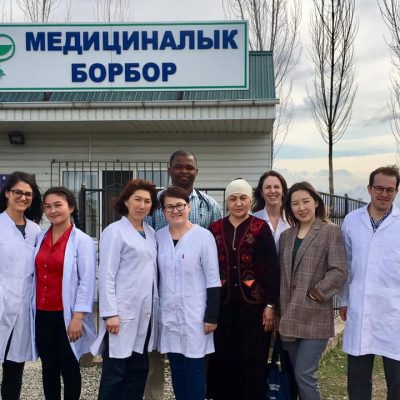
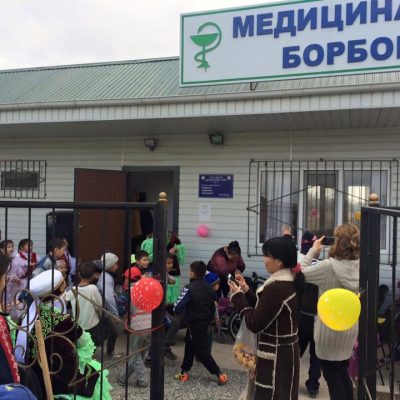
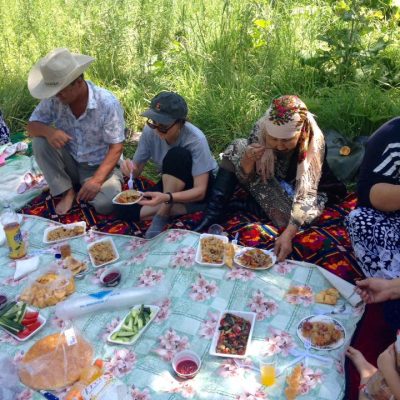
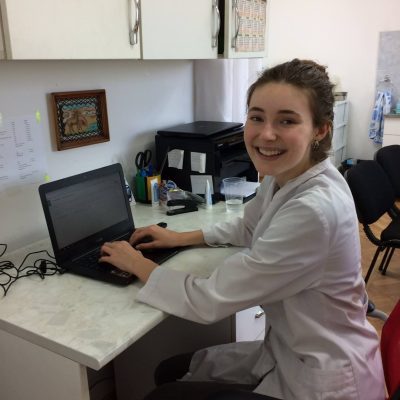
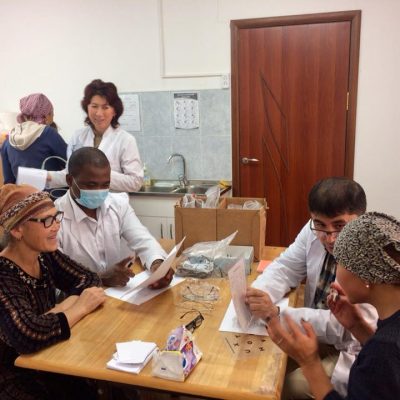
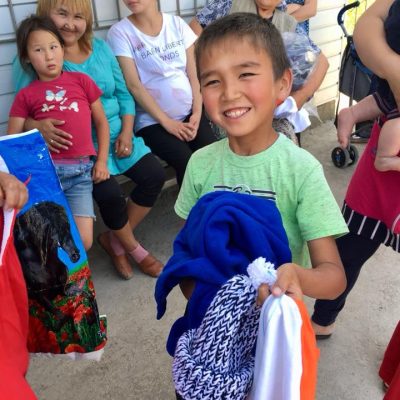
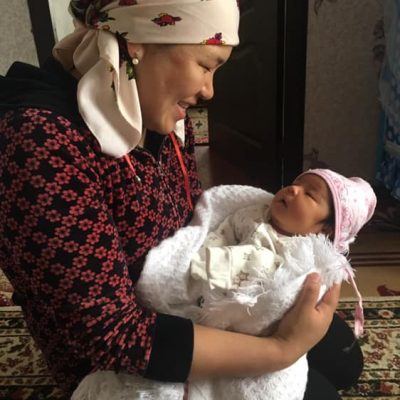
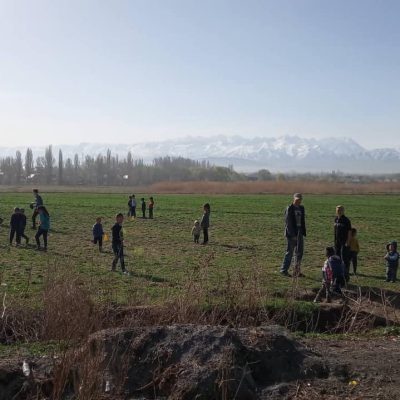
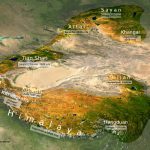
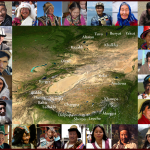
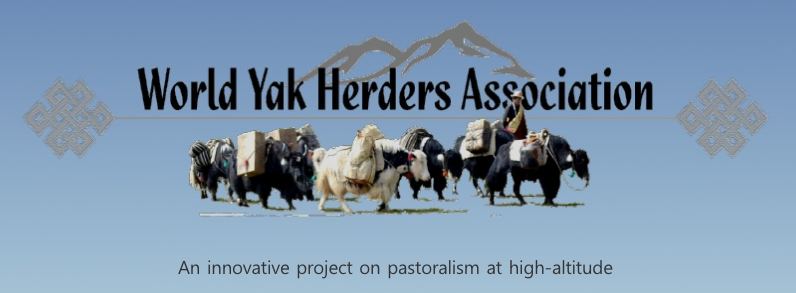
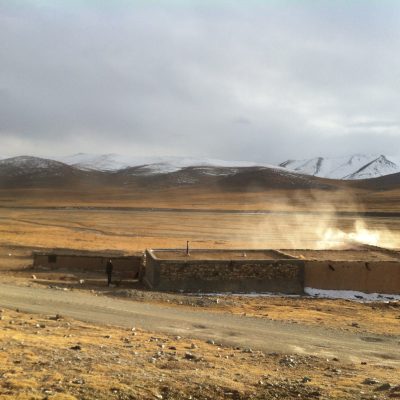
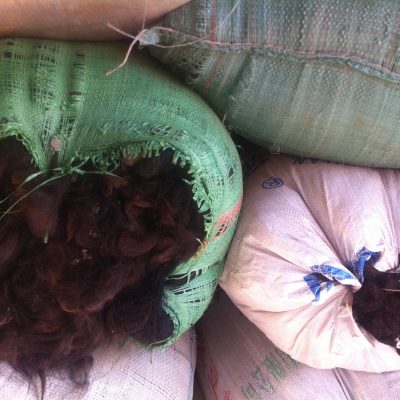
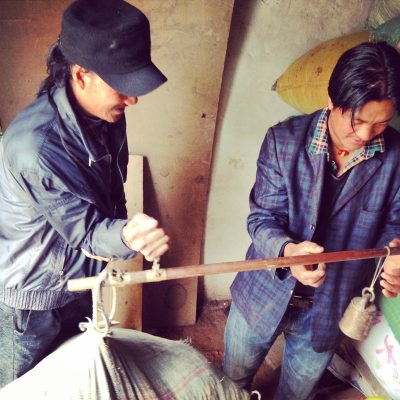
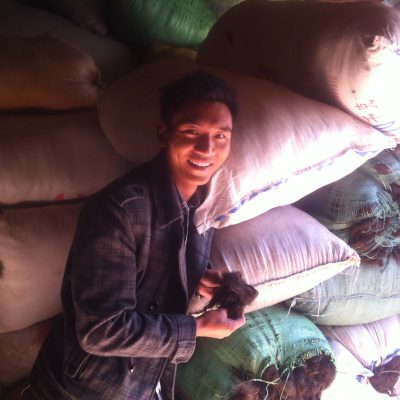
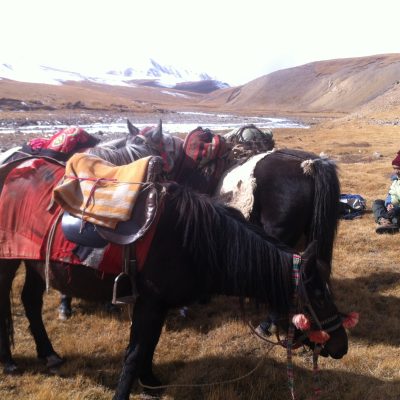
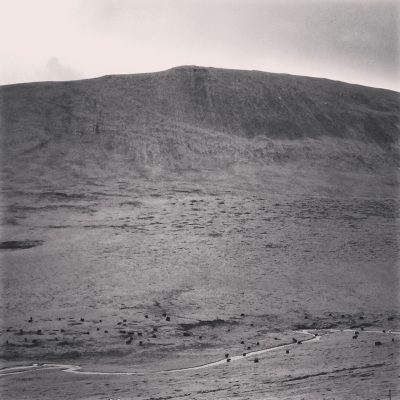
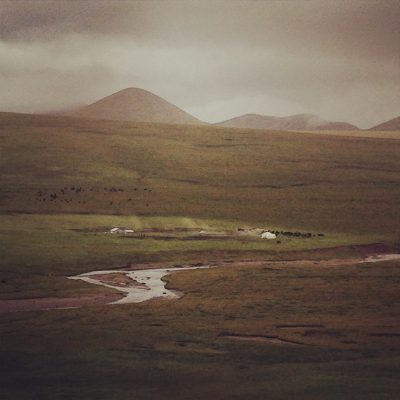
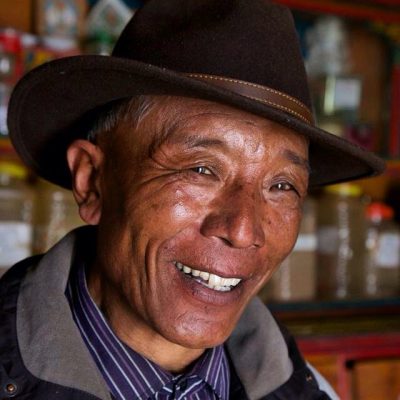
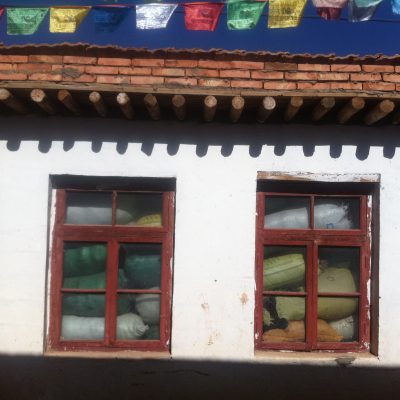
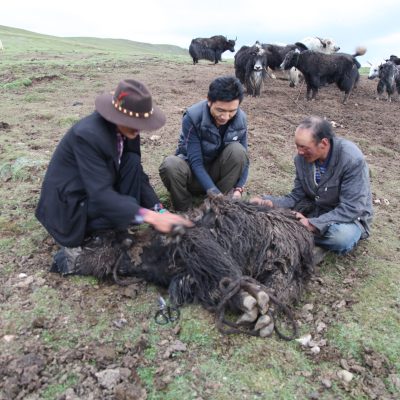
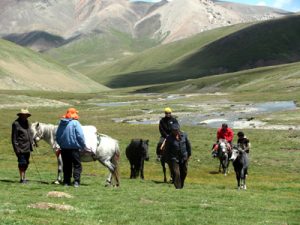 Following several years of close collaboration with Tibetan grassroots organizations in the Yangtze River headwaters, the need for effective community structures that could foster and enable the development of local enterprises became evident. This was further highlighted by successes observed in 2008 in South Gobi (Omnogov), Mongolia, where community groups in grassland areas had recently been organized and strengthened, with excellent socioeconomic effect as well as improved social cohesion and enhanced sense of cultural identity.
Following several years of close collaboration with Tibetan grassroots organizations in the Yangtze River headwaters, the need for effective community structures that could foster and enable the development of local enterprises became evident. This was further highlighted by successes observed in 2008 in South Gobi (Omnogov), Mongolia, where community groups in grassland areas had recently been organized and strengthened, with excellent socioeconomic effect as well as improved social cohesion and enhanced sense of cultural identity.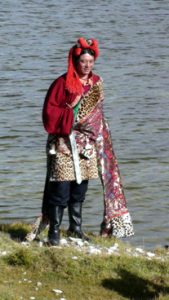 Following market research, the coop members have chosen to focus primarily on the development of ‘ecological’ livestock products (meaning that their pastoral practices should be demonstrably sustainable), on value-add products such as handicrafts, and on community-based ecotourism. A shop and a library have been established in the nearby county town, Zhiduo, to increase members’ access to affordable assets and information. Special trainings also have been delivered to support the development of handicrafts, sewing, computer skills, business management, and trade languages.
Following market research, the coop members have chosen to focus primarily on the development of ‘ecological’ livestock products (meaning that their pastoral practices should be demonstrably sustainable), on value-add products such as handicrafts, and on community-based ecotourism. A shop and a library have been established in the nearby county town, Zhiduo, to increase members’ access to affordable assets and information. Special trainings also have been delivered to support the development of handicrafts, sewing, computer skills, business management, and trade languages.